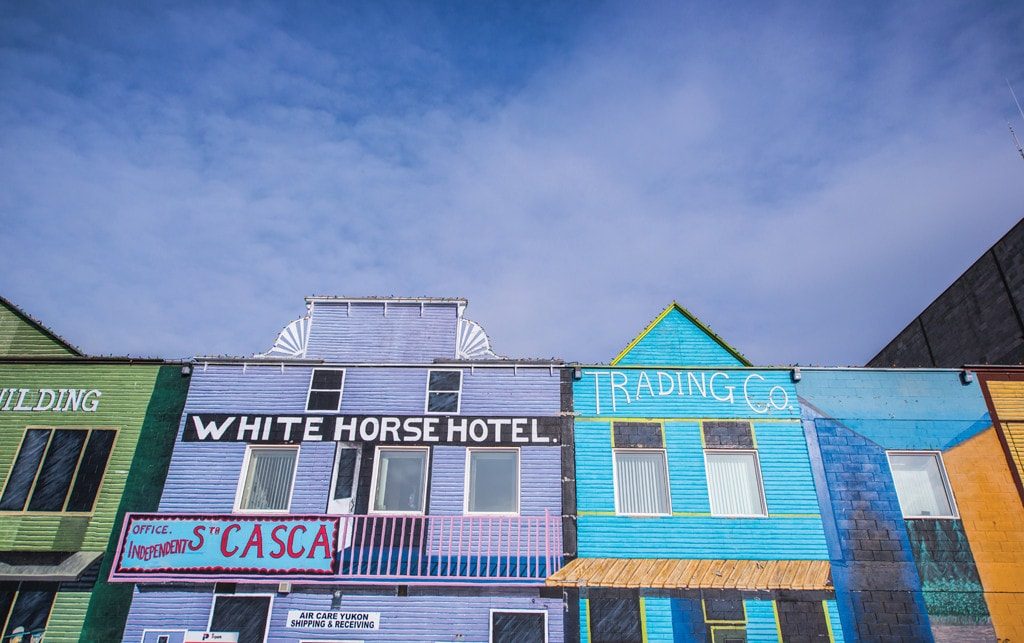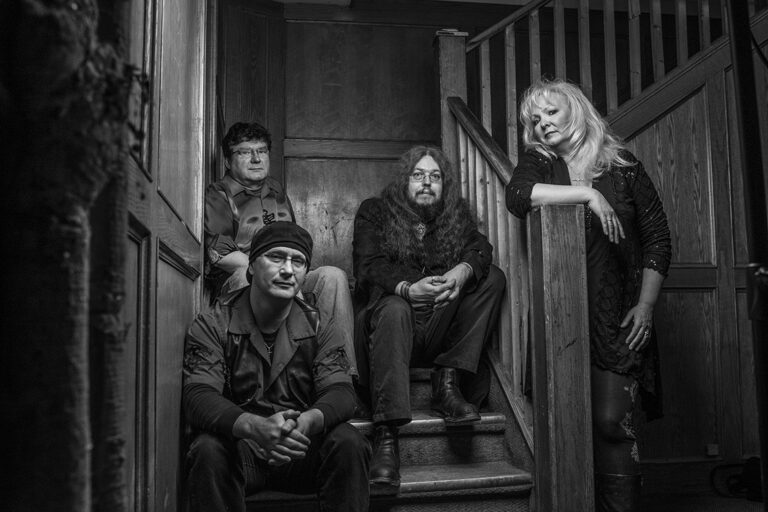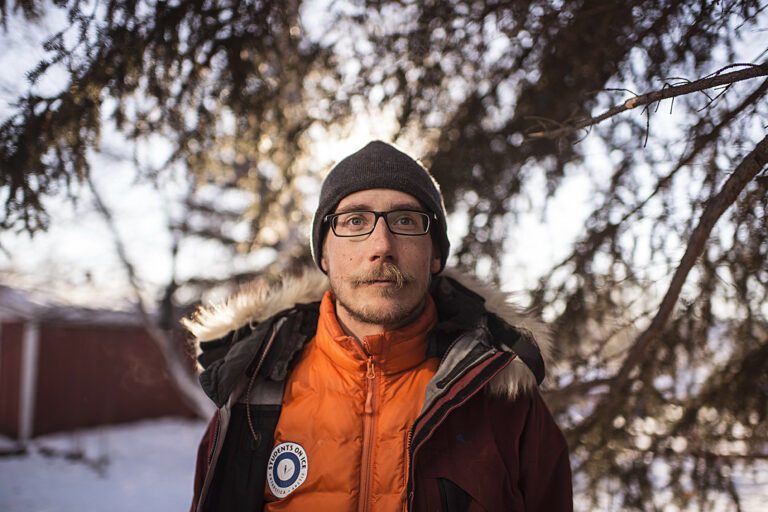Introducing yourself as a Yellowknifer to Canadians living south of the 60th parallel elicits a fairly standard response. It goes something like this:
“I’m from Yellowknife.”
“Yellowstone?”
“No, Yellow-Knife.”
“Wow, I’ve always wanted to visit the Yukon.”
I’m not sure how the Northwest Territories became so supplanted by the Yukon that it does not even register as a place for most people. Yellowknife has a bit more traction, but as my son attending university in Calgary (where he repeatedly has to explain Yellowknife’s location to fellow students) pointed out, territories, provinces and capitals were part of Grade 3 curriculum.
Grade 3 having been a long time ago, and the Northwest Territories having not offered up anything particularly salivatory to mainstream media since, let me think…hmmm…maybe ever (well, I guess the diamond play, and there was that Russian satellite that scattered radioactive debris over the golf course in 1978); perhaps my aunt and uncle can be forgiven for the following true story I’m about to tell.
Thinking that travel would expand the horizons of their son Josh, then 12, my aunt in Whiterock, B.C. asked if he could come stay with my family for March break. I was excited. Not many relatives make the trek.
A few hours before he was due to arrive the phone rang.
“Hi Laurie, it’s Josh,” my cousin enthused. “I’m in Whitehorse!”
“Oh dear. Josh, I’m in Yellowknife!” I responded.
Silence.
“Oh, well is it far? Can you come pick me up and I’ll wait at the airport?”
“Josh, I’m in a different territory. There aren’t even flights that go from Yellowknife to Whitehorse.”
In short order I had a woman from the airline take him across to a hotel, where I gave them my credit card number and had Josh wait until my friend Mike Bailey came and picked him up. Josh ended up staying with Mike, who took him snowshoeing and showed him around for the weekend, until he could fly back to Vancouver to his parents.They insisted they’d booked his ticket to Yellowknife, which we all know is pretty much impossible, even in that much laxer, pre-9-1-1 era of airline travel.
It all worked out to Josh’s favour as he was re-booked and got to see both places, but the incident is an extreme example of how thoroughly Whitehorse usurps Yellowknife in the psyches of southerners, who mostly retain just three facts: both places have a colour in their name, both are really cold and both are somewhere way up north.
Had that incident happened this year, I would have been able to put my cousin on Air North’s direct flight from Whitehorse to Yellowknife. Since the route started in February 2014, it’s been bridging a transportation gap between the two capitals, and connecting them both to that other capital: Ottawa.
I took the 1 hour and 40-minute flight to Whitehorse courtesy of Air North in March. I was surprised at how many people from both northern capitals were travelling across the great mountain expanses that divide us for a first-time peek at how the “other side” lives.
It seems to be a one-way train of thought, but if you live in Yellowknife for any period of time, there comes a moment when you ask yourself, “I wonder if I would like Whitehorse better?” (People in Whitehorse smugly believe they are in a superior place, and do not wonder at all about moving to Yellowknife.)
Sure, Whitehorse boasts a lot of superlatives — biggest city in the North (28,000 people), driest city in Canada, least air pollution of any city in the world — and yes, it’s got gorgeous mountains, downhill skiing, a river pulsing through its heart, and it always seems to be at least 10 degrees warmer.
But is it better? Here’s a few ex-Yellowknifers who became Whitehorsians… (OK, straight up, that’s a terrible proper name, and they know it, preferring “residents of Whitehorse”), wading in on the question.
Where Are They Now?
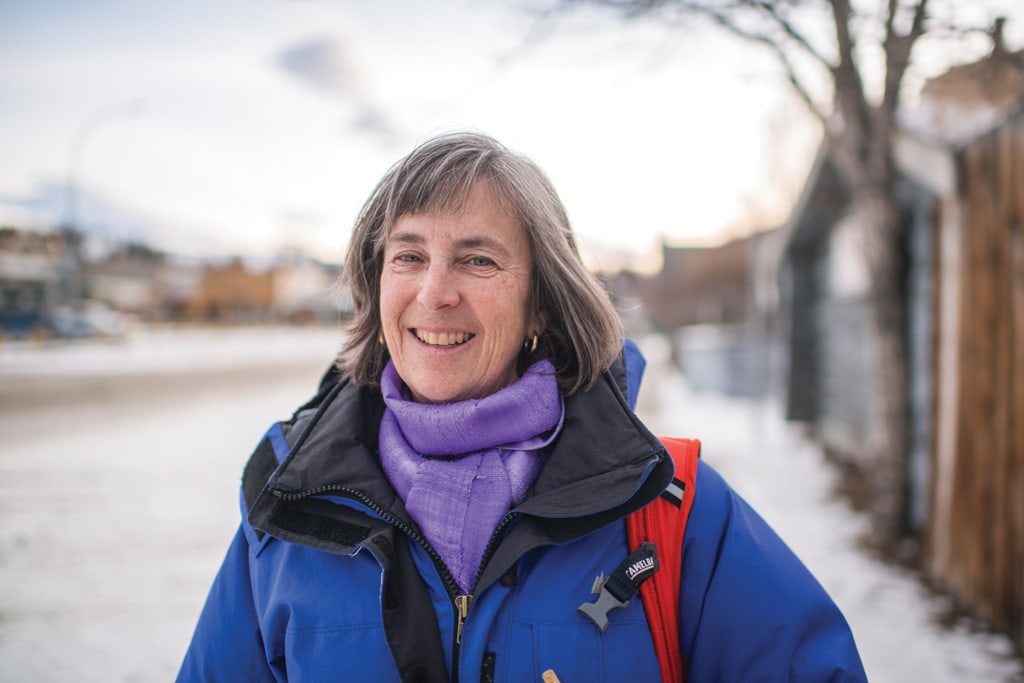
Maltin calls Whitehorse “North-lite”
Elise Maltin (Yellowknifer 2004-2012)
“You won’t be able to shut me up about how much I miss the community of Yellowknife, the cohesiveness, the funky, artsy people and the easy accessibility to everyone… and the Inuit, Metis and First Nations communi-
ties… and on and on…” Elise Maltin responded by email when asked if she’d be interviewed about her move to Whitehorse.
That wasn’t entirely true.
Maltin, who left to become an external relations manager with Parks Canada’s Yukon field unit, eventually did shut up, after four days of thoughtfully mulling over comparisons between the two cities, and concluding comparisons are futile.
First, at the Burnt Toast Cafe in Whitehorse, she added to her list of what she misses about Yellowknife.
“I miss Folk on the Rocks, I miss the big lake, I miss throwing my kayak on the car and paddling in the Yellowknife River after work. All the people I run into who moved here from Yellowknife, they all say the same thing. They still miss Yellowknife.”
The new Air North route has helped ease her transition.
“I felt so cut off from Yellowknife before, but I’ve taken the Air North flight back now three times since it started up.”
Having also lived in Iqaluit and Jasper, Maltin says Whitehorse, because it’s warmer and along the Alaska Highway, has more of a West coast vibe.
“It’s not the cohesive small town, that’s the main difference, and it’s more southern in temperament. It’s north-lite.”
What does she like about her new city? A lot.
“The outdoorsy people, road access to amazing places — you can live here and still be a tourist and go to Skagway (Alaska) or Kluane National Park — the visual arts, the bookstore, birding, mountains and great coffee and beer!”
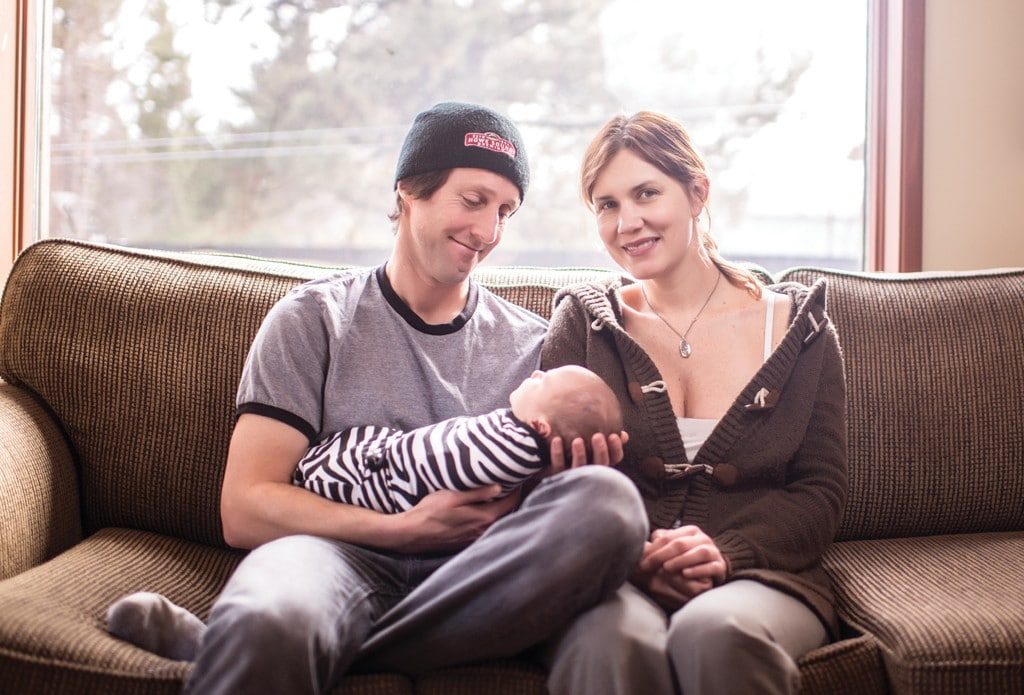
Phil Jackson (Yellowknifer 1997-2006) with daughter Sadie and Heather Avery (Yellowknifer 2002-2009)
“I think I struggled with it a little bit. I didn’t find it as welcoming,” Heather Avery says of her move to Whitehorse, where she is a reporter with CBC North.
“But since we had the baby, that changed… people have been giving away baby stuff, helping us.”
She and geophysicist Phil Jackson were acquainted in Yellowknife, but it wasn’t until both had moved to Whitehorse and mutual friend Jasmine Budak kept insisting they meet, that they became a couple. They now own a house in the leafy Porter Creek subdivision, where they live with daughter Sadie, born Feb. 5.
Jackson, who transferred to Whitehorse while working with Aurora Geosciences Ltd, says he enjoys Whitehorse because it’s not as isolated.
“You can go somewhere easily. In a couple hours you can be in Skagway, and it’s never as cold in the winter,” he says. If he misses anything, it’s “probably the people more than the place.”
His partner, on the other hand, is a bit more nostalgic. A former instructor at Taiga Yoga, Avery says she misses the studio, Old Town (and its fun people), Folk on the Rocks, Yellowknife’s hot summers, and the lake.
“We don’t have any good places to swim,” she says.
As her cat Bandit — adopted from the Yellowknife SPCA — saunters by, she casually mentions that their other cat was taken by a coyote last summer, proving there is one thing two frontier cities absolutely share in common. Nature.

Line Gagnon (Yellowknifer 1988 – 2004) with granddaughter Azra and Chris Rodgers (Yellowknifer 1979 – 2004)
“In Yellowknife, if you sit at the post office for a week you’ll see everybody,” says Chris Rodgers.
“A week?” exclaims his wife, Line Gagnon.
“Well, okay, a day. Here, if I don’t call my friends, I’ll never see them,” he adds, dishing out dinner at their home in Riverdale, a central subdivision in Whitehorse.
The pair made their way to Yellowknife separately — Gagnon, 51, moved from Montreal in 1988 to work as a reporter, eventually becoming a communications manager with Aboriginal Affairs and Northern Development Canada. Rodgers, 56, moved to Yellowknife from Toronto in 1979 to take a summer job and worked many years in video and sound production with Pido Productions.
Each had two children with other partners before they married, blended their families and moved to Whitehorse. All of them say they miss Yellowknife.
“I miss the fact it’s a northern town. This is a southern town in the North,” says Gagnon, who recently left the federal government and now runs her own consulting company. She’s also busy with her first grandchild, Azra, a year and a half old.
“Your friends become your family very fast, and people welcome you in Yellowknife. Whitehorse is so big, you go 45 minutes and you’re still in town, it’s very spread out.”
Chris’s daughter Sylvia Mackenzie, now 24, says she misses her Tlicho culture.
“And I miss Old Town, we don’t have an Old Town here, and I miss being out on the big lake and having the lake like glass,” she says.
The couple has been able to buy some land and build a cabin, for which Gagnon says they’re grateful.
“It’s a postcard here. We live in beauty,” she says. “It’s a very easy beauty and Yellowknife is a raw beauty. It has an edge and it’s a beautiful edge if you take time to know it.”

